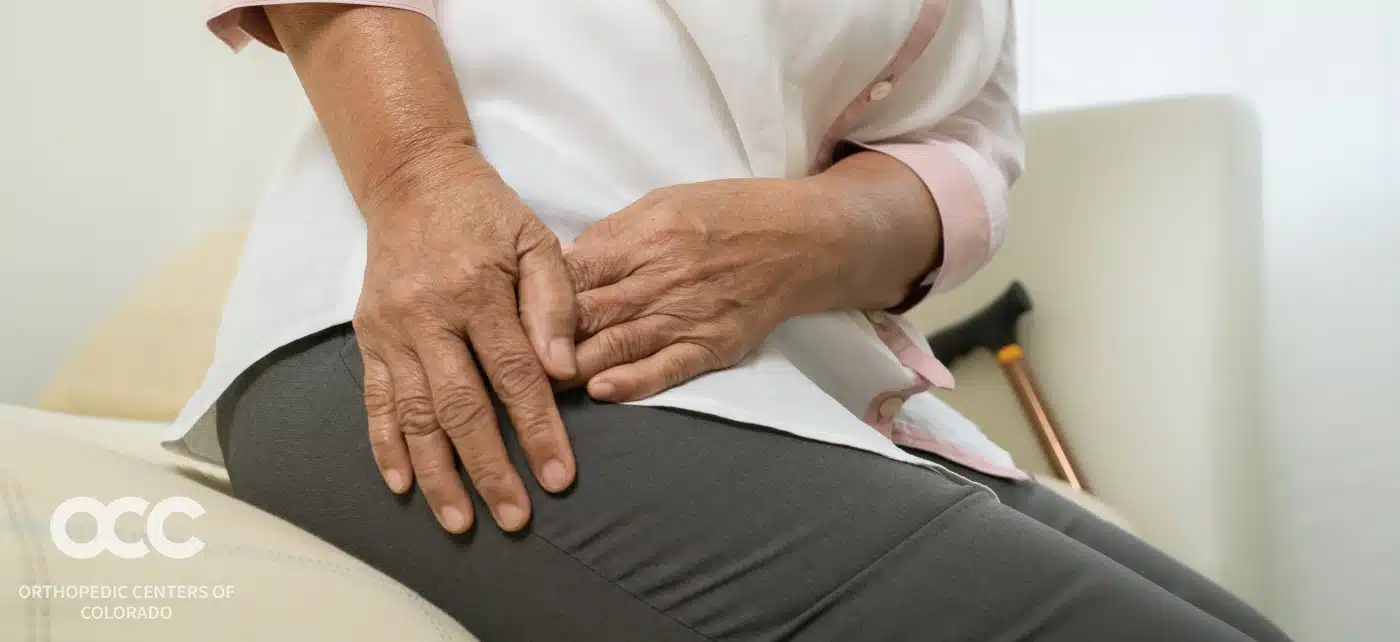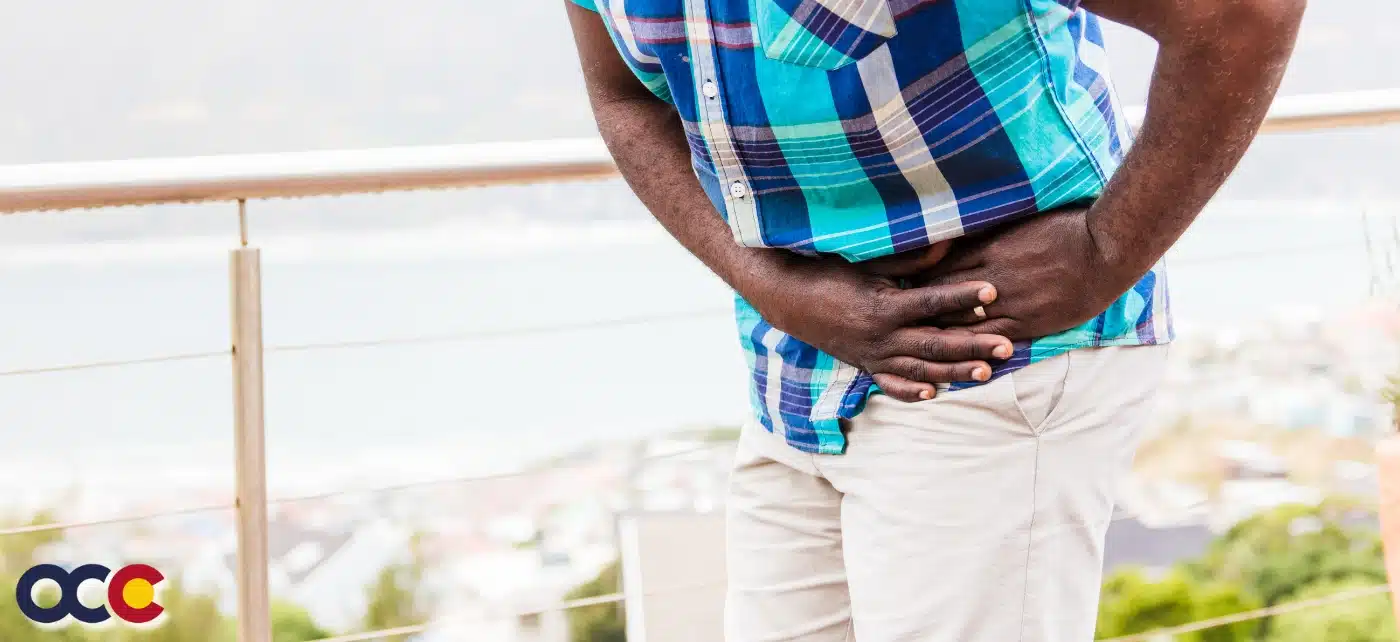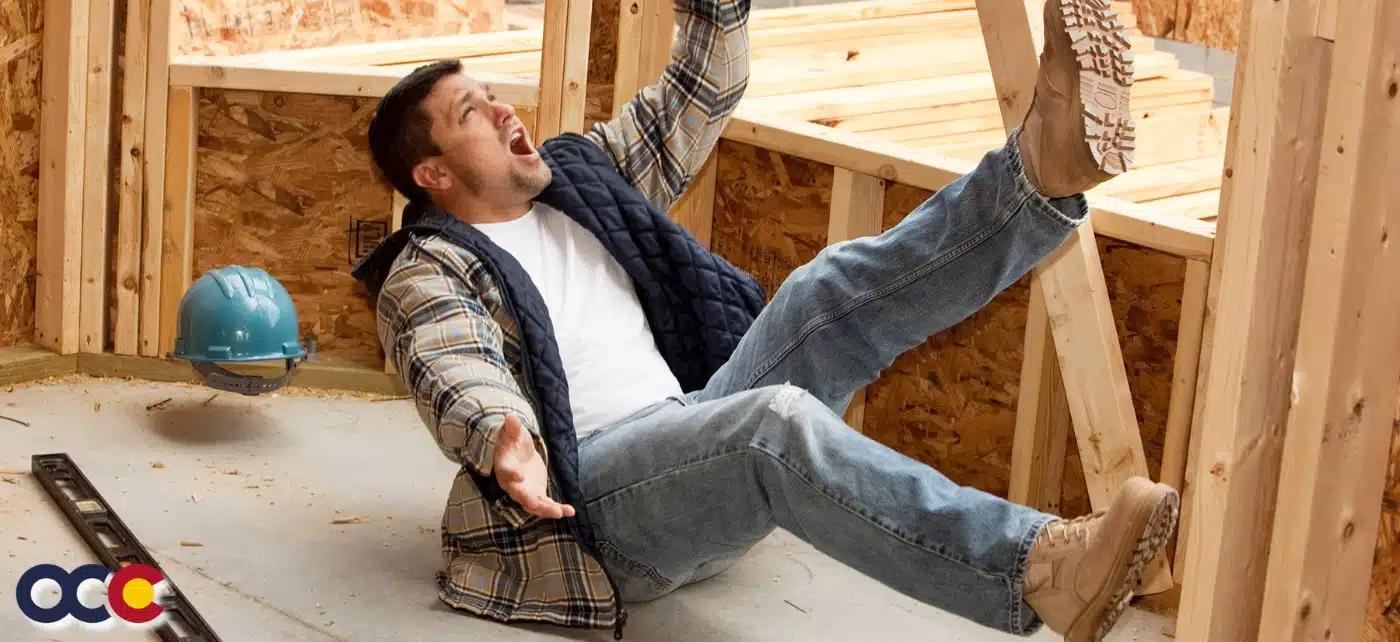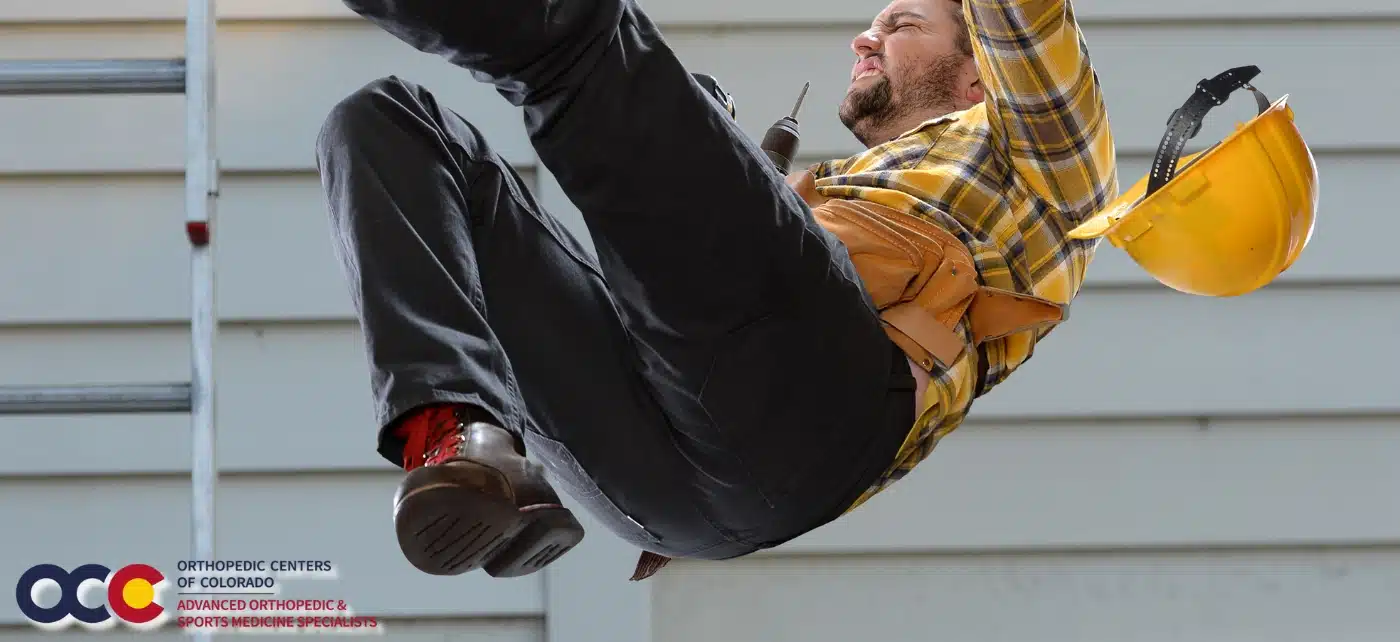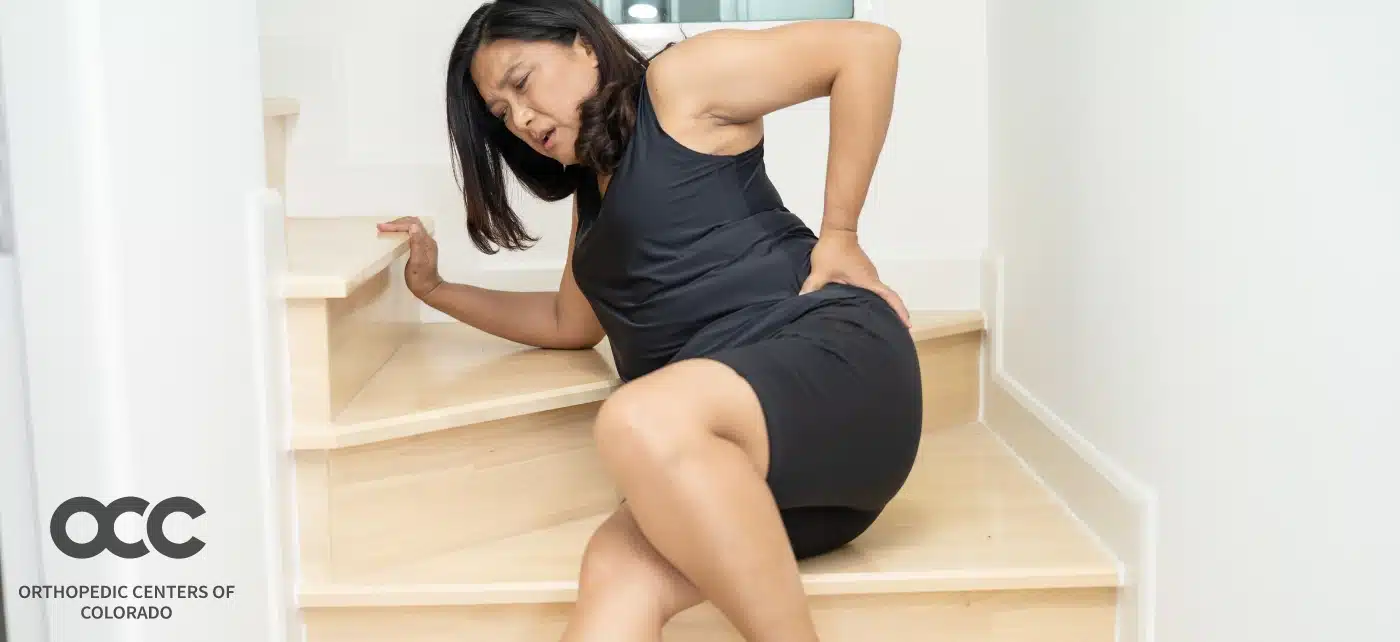When hip pain gets to the point that it impairs movement and functionality, it should never be ignored. Many people wait to consult a doctor because they are concerned it will mean they require a total hip replacement. Hip resurfacing, although not a term as familiar as hip replacement, is a more conservative procedure where the hip joint is relined instead of being completely replaced. (as in total hip replacement). If hip pain is keeping you from doing the thing you love, the experienced orthopedic specialists at Advanced Orthopedics in Denver, Parker, or Aurora, Colorado, can help.
OVERVIEW
Hip resurfacing uses implants to ease hip pain and stiffness caused by osteoarthritis and other conditions. The implants take the place of damaged tissue and bone, allowing for more fluid movement. Hip resurfacing isn’t right for everyone. The patients that are appropriate are very mostly men in their 30s, 40s, 50s, and 60s with strong, healthy bones who perform high levels of physical activity—in some cases; these patients are amateur athletes or extremely dedicated “weekend warriors” who run triathlons, power-lift, play water sports, soccer, or tennis. Women do not do as well as men, mostly due to a mismatch between their bone size and the resurfacing implants.
ABOUT THE HIP JOINT
The hip joint is the largest weight-bearing joint (after the knee) in the human body. It is also referred to as a ball-and-socket joint and is surrounded by muscles, ligaments, and tendons. It is the connection point between the legs and the torso. It is made up of the thigh bone (femur) and hip bone (pelvis). The femur is a long bone with a rounded top. The round part of the femur fits into a cup-like socket in the pelvis called the acetabulum. The function of the hip joint is to provide balance and support for the upper body, move the upper leg and hold body weight. It lets the upper leg move at 3 degrees allowing the leg to flex, extend, rotate, and move back-and-forth and in a circular motion.
WHAT IS HIP RESURFACING?
Hip resurfacing is a bone-preserving procedure that helps restore comfort and function to patients’ hips damaged by the degenerative joint disease often caused by advanced arthritis. Arthritis of the hip is a condition in which there is loss of the cartilage of the head of the thighbone and of the cup-shaped socket of the pelvis where the thighbone fits into the joint (the acetabulum). This cartilage allows the bone to glide inside the socket of the joint as you move. When the cartilage is damaged or lost, bone rubs against bone, causing pain, tenderness, inflammation, difficulty walking or walking with a limp, stiffness in the hip and limited range of motion. Hip resurfacing is a technique that differs radically in the way the thigh bone is addressed. Instead of removing the femur head completely, as in hip replacement, it is shaved down to a peg (similar to a tooth cap). The peg is then suitably shaped to allow a metal ball to be placed around it. Essentially, the resurfacing’s “metal-on-metal” structure has the potential to last longer, and there is research data demonstrating patients can get back to the high-level sporting activity at a higher rate after hip resurfacing compared to total hip replacements. The bone density around the implant actually gets stronger over time.
Read more about Hip Resurfacing on our new Orthopedic News Site – Colorado Orthopedic News. Schedule an appointment with a hip specialist today.

